Influence Factors of Sinter Wetting Angle
- Details
- Category: Tungsten Information
- Published on Friday, 09 February 2018 19:04

Sintering Process of Tungsten Carbide
- Details
- Category: Tungsten Information
- Published on Friday, 09 February 2018 18:54
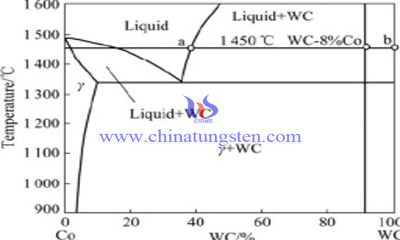
Sintering of Tungsten Carbide
- Details
- Category: Tungsten Information
- Published on Friday, 09 February 2018 18:46
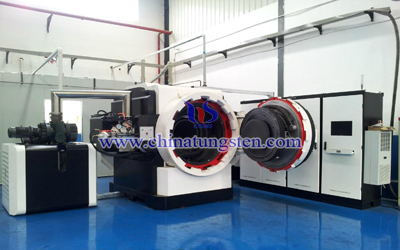
Classification of Sintering
- Details
- Category: Tungsten Information
- Published on Friday, 09 February 2018 18:43
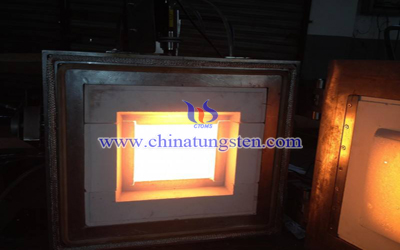
China Tungsten Resource Development Features
- Details
- Category: Tungsten Information
- Published on Friday, 09 February 2018 17:12
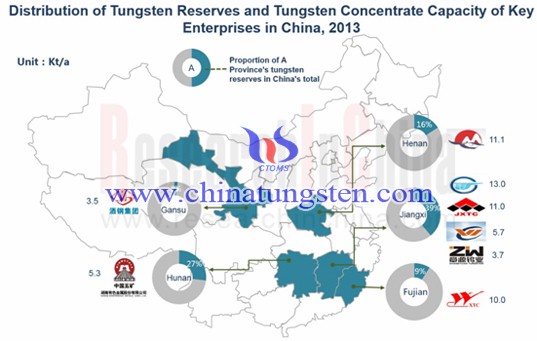
As a country with the most tungsten resources, China has different characteristics of reserves, distribution and development of tungsten resources. China's tungsten resources development has three important characteristics.
Manufacturing Process of Tungsten-Titanium Alloy Target
- Details
- Category: Tungsten Information
- Published on Friday, 09 February 2018 16:51

Tungsten-titanium alloy targets have been successfully applied to the diffusion barriers of Al, Cu and Ag wirings because of their low resistivity, good thermal stability and oxidation resistance. They are also widely used and applied in the semiconductor industry and in the solar industry for sputter coating.
Acetone Affects Tungsten Oxide Crystal
- Details
- Category: Tungsten Information
- Published on Friday, 09 February 2018 14:59
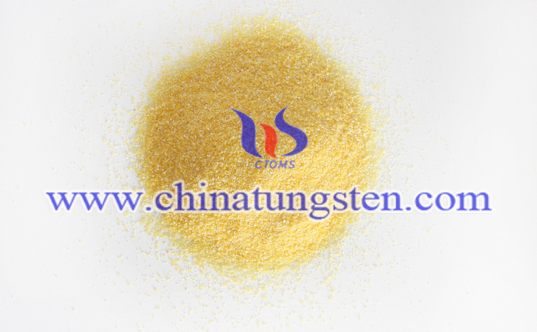
Acetone plays an important role in the growth of tungsten trioxide. The addition of acetone during the preparation of tungsten trioxide will result in the formation of tungsten oxide crystal cavities, which will cause the sample to lose its crystalline water. In general, tungsten oxide crystal growth is determined by its intrinsic crystal structure and external reaction environment.
The Amount of Acetone Affects Tungsten Trioxide Reaction System
- Details
- Category: Tungsten Information
- Published on Friday, 09 February 2018 14:57
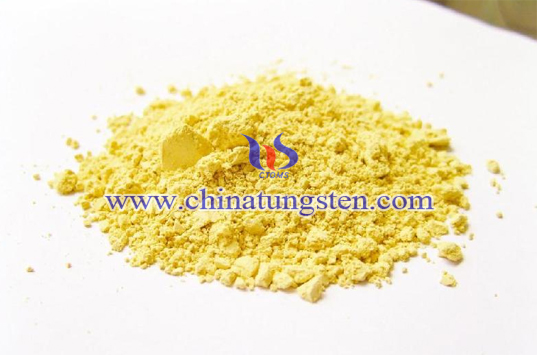
The nature of the reaction system of tungsten trioxide, will continue to change as the amount of acetone added. The addition of acetone will change the solubility of sodium tungstate solution, the system of saturated vapor pressure and viscosity properties. These factors affect the process of nucleation, growth and mass transfer of tungsten trioxide, respectively. Acidified sodium tungstate can be dissolved in a mixed solvent of water and acetone, but can not be dissolved in acetone.
Tungsten Trioxide Photocatalyst Ion Exchange Method
- Details
- Category: Tungsten Information
- Published on Friday, 09 February 2018 14:55
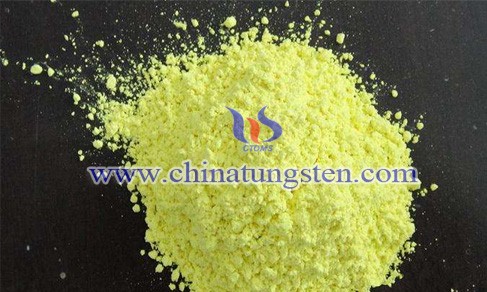
Tungsten trioxide photocatalyst has a wide range of applications because of its excellent material properties. Tungsten trioxide photocatalysts have different methods of synthesis, and ion exchange is a method based on ion exchange reactions.
Synthesis of Tungsten Trioxide Carbon Dopants
- Details
- Category: Tungsten Information
- Published on Friday, 09 February 2018 14:52
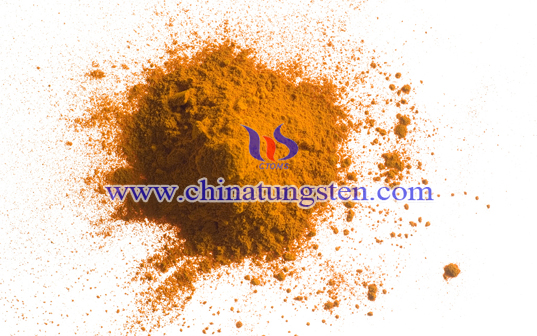
Tungsten trioxide has two main disadvantages as a photocatalyst: the narrow spectral range that can be utilized because of the wide bandgap of tungsten trioxide. And the utilization of photogenerated electrons is relatively low due to the alignment of the conduction band of tungsten trioxide, so that the utilization of photogenerated holes of tungsten trioxide is suppressed. Based on these two drawbacks, the carbon doping technique can further improve the photocatalytic activity of tungsten trioxide.


 sales@chinatungsten.com
sales@chinatungsten.com